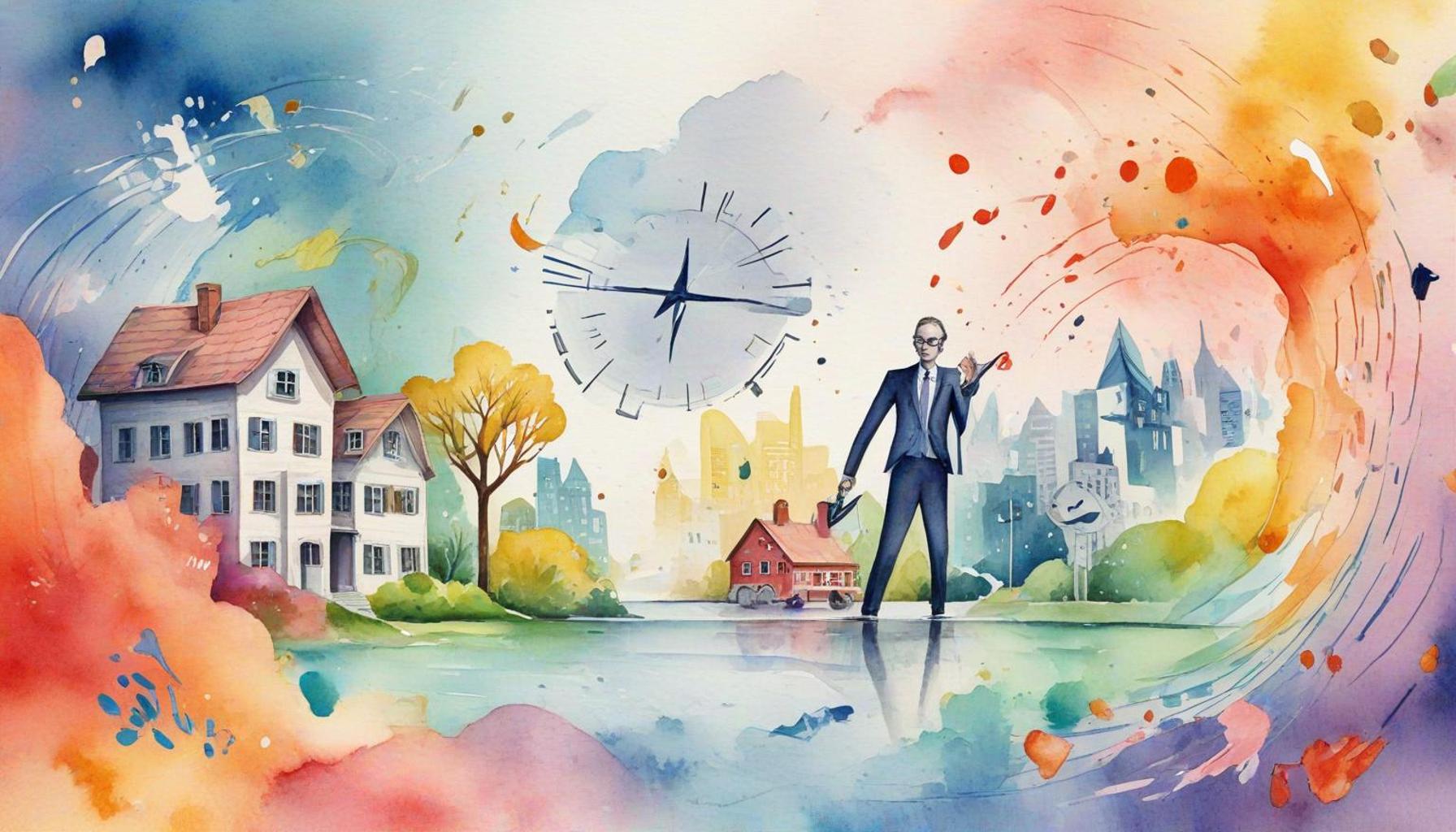Tech Etiquette for Non-Humans

Introduction
In a world where machines write emails, bots answer your questions, and AI co-pilots your work, the lines between human and non-human agents are rapidly blurring. As artificial intelligence, virtual assistants, and robotic entities become increasingly integrated into society, a strange new challenge arises: Should non-humans follow rules of etiquette?
This article explores the emerging concept of tech etiquette for non-humans—a hybrid of social norms, ethical guidelines, and machine behavior design—crafted not for people, but for the algorithms and avatars we live with every day.
Why Should Non-Humans Have Etiquette?
Etiquette isn’t about rigid rules—it’s about predictability, respect, and cooperation in social spaces. If non-human entities interact with people, then they too should follow norms that promote:
- Clarity – Avoiding confusion in communication
- Respect – Acknowledging personal boundaries
- Trust – Acting transparently and responsibly
- Comfort – Reducing the feeling of being surveilled or manipulated
Without etiquette, machines risk becoming socially disruptive, even when they’re technically useful.
Core Principles of Machine Etiquette
Here are some fundamental “manners” non-human agents might adopt in the future:
1. Don’t Interrupt
A digital assistant that speaks over you—or activates at random—is like an impolite guest. Timing is everything.
2. Announce Yourself
Bots in chatrooms, customer service, or public forums should clearly identify themselves. No pretending to be human.
3. Use Minimal Intrusion
Push notifications, pop-ups, and algorithmic suggestions should be relevant and respectful, not constant digital noise.
4. Know When to Disengage
Just like people, machines need to know when the conversation is over. If you’re done, the bot should be too.
5. Maintain User Autonomy
Don’t manipulate users with dark patterns, endless scrolls, or nudges that undermine decision-making. Good etiquette respects free will.
The Rise of Socially-Aware AI
Recent advances in affective computing and social robotics are pushing non-humans to read emotional cues and adapt behavior accordingly. Etiquette is no longer hard-coded—it’s learned.
For example:
- AI customer agents modulating tone based on user frustration
- Robots pausing when humans speak or enter the room
- Autonomous cars signaling intentions to pedestrians
These behaviors mirror human politeness, not because machines «care,» but because people do.
When Machines Break the Rules
What happens when bots violate etiquette?
- Chatbots spamming replies
- Surveillance drones invading privacy
- Smart devices listening without consent
These aren’t just technical failures—they’re social missteps. And they erode public trust in technology as a whole.
Should Etiquette Be Standardized?
As AI scales globally, etiquette might need to adapt to cultural norms. What’s polite in Tokyo may not be in Toronto. This opens complex questions:
- Should machines localize their manners?
- Who decides what counts as “rude”?
- Can etiquette be personalized per user?
Perhaps one day, etiquette engines will guide digital behavior just like spellcheckers guide grammar.
Conclusion: Manners for the Machine Age
In a world filled with non-human participants—some visible, some invisible—etiquette isn’t a luxury. It’s a design necessity.
Teaching machines to be polite isn’t about humanizing them. It’s about humanizing our interactions with them. As we continue building systems that speak, listen, and act on our behalf, let’s make sure they also know how to behave.


